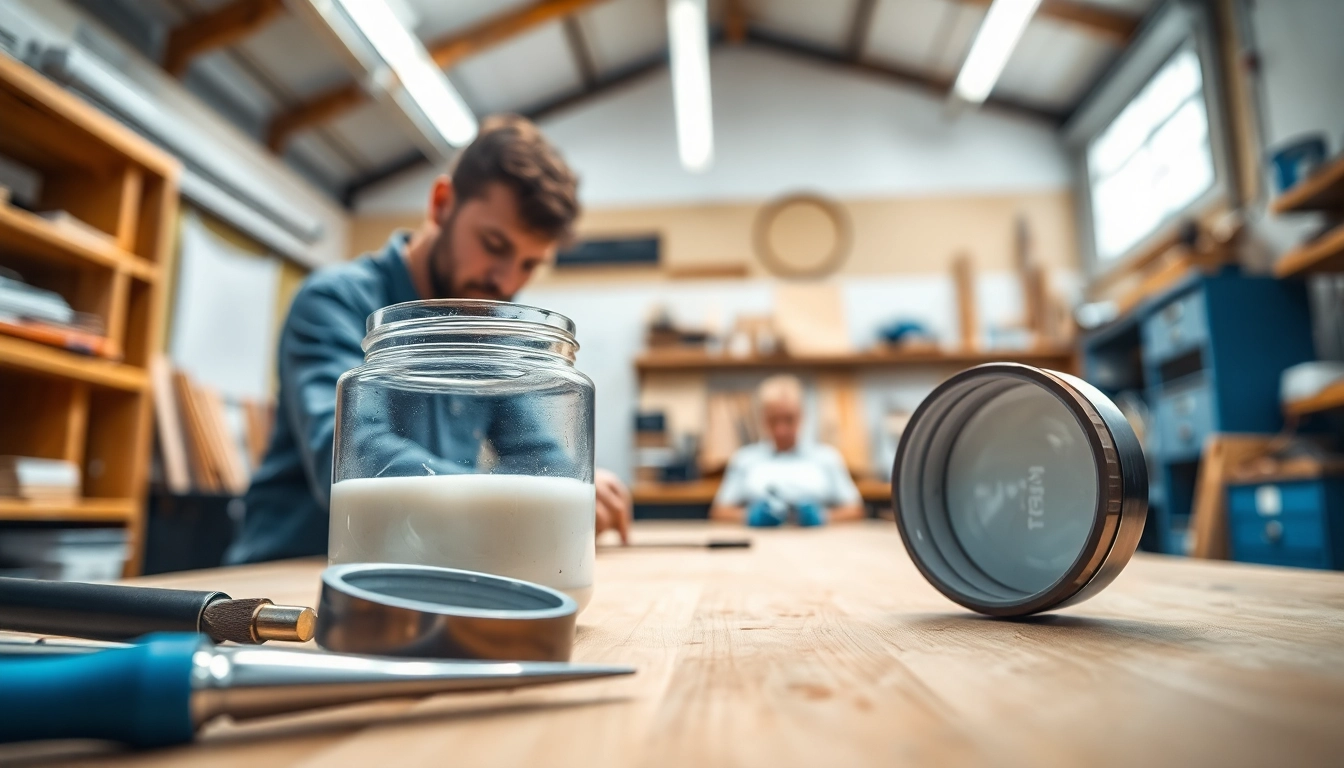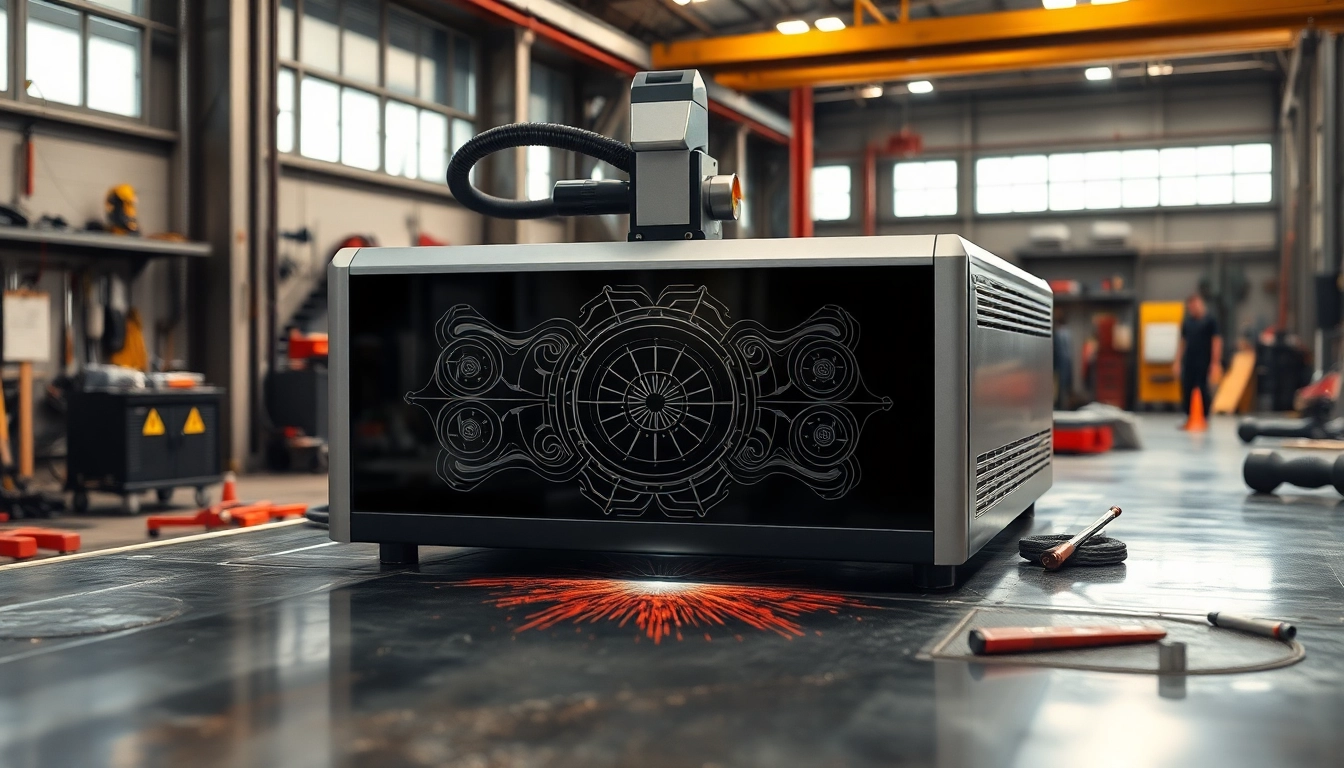Understanding Laminating Resin
Laminating resin is a vital material in various industries, renowned for its role in enhancing the strength and structural integrity of composite materials. Utilizing laminating resin allows manufacturers and artisans to create durable products suited for a multitude of applications, ranging from marine components to automotive parts and even artistic endeavors. To grasp the importance of this material, understanding its definition, properties, and forms is essential.
What is Laminating Resin?
Laminating resin refers to a category of resin used specifically for constructing composite materials by bonding layers of multiple substrates together. Its primary function is to act as a matrix that holds together fiber-reinforced components, which can be fiberglass, carbon fiber, or aramid fibers. Laminating resins are typically unsaturated polyesters or epoxy-based, allowing for effective curing at room temperature, which simplifies the manufacturing process.
Key Properties of Laminating Resin
The effectiveness of laminating resin can be attributed to several key properties:
- Adhesion: High adhesion properties ensure that the resin bonds securely with reinforcement fibers, providing a robust composite structure.
- Durability: Laminating resin offers outstanding durability against environmental factors such as moisture, heat, and chemical exposure.
- Low Shrinkage: Many laminating resins are designed to have low shrinkage during curing, resulting in minimal dimensional changes and warping.
- Versatility: Laminating resins can be customized for various applications by tweaking their viscosity and curing characteristics.
- Ease of Use: The straightforward mixing and curing process make laminating resins accessible for both professionals and DIY enthusiasts.
Types of Laminating Resin
Laminating resins primarily fall into two categories: polyester and epoxy, each with unique characteristics suited for different applications.
Polyester Laminating Resin
Polyester laminating resin is commonly used in the marine industry due to its cost-effectiveness and ease of handling. It typically cures to a rigid finish, providing excellent structural integrity and is less expensive than its epoxy counterpart. However, it may not offer the same level of adhesion and strength as epoxy resin, particularly in high-performance applications.
Epoxy Laminating Resin
Epoxy laminating resin tends to have superior mechanical properties compared to polyester resin. It exhibits strong adhesion and excellent durability, making it suitable for high-stress applications in the aerospace, automotive, and sports industries. Although it is generally more expensive, the performance benefits often justify the extra cost.
Benefits of Using Laminating Resin
Strength and Durability
The primary benefit of using laminating resin lies in the enhanced strength it provides to composite materials. Laminating resin effectively distributes loads across the structure, thus increasing the longevity of the final product. For instance, components made with polyester laminating resin can withstand harsh marine environments, while those utilizing epoxy laminating resin can endure high mechanical stresses and temperature variations.
Cost-Effectiveness in Projects
Cost is always a consideration in manufacturing, and laminating resins present options for a range of budgets. Polyester laminating resin is usually the go-to option for projects where cost is a primary concern, offering an effective solution for large-scale manufacturing, such as boat hulls or automotive parts. Epoxy, while more expensive, is often chosen for its performance advantages in high-value applications.
Versatility Across Applications
The versatility of laminating resin means it finds application across various fields. In marine construction, it serves to create lightweight, yet robust, structures capable of withstanding water’s corrosive nature. In athletic gear production, laminating resin provides the necessary strength and flexibility for high-performance items, while in artistic endeavors, it enables craftsmen to fabricate intricate designs and sculptures with stunning finishes.
Applications of Laminating Resin
Marine and Boat Construction
One of the most prominent uses of laminating resin is in the marine industry, particularly for constructing boats and recreational watercraft. Both polyester and epoxy laminating resins are utilized to form the hulls, decks, and other components, offering an excellent balance of weight, strength, and water resistance. The lightweight nature of these composites allows for improved fuel efficiency and performance on the water, making them a preferred choice for both manufacturers and boat enthusiasts.
Automotive Uses
In the automotive sector, laminating resin is harnessed to create lightweight yet strong components that enhance vehicle performance and fuel efficiency. Applications include body panels, structural elements, and composite materials in electric vehicles that prioritize weight reduction without sacrificing durability. The strong adhesive properties of laminating resin provide a secure bond, ensuring that components maintain their integrity during operation.
Artisan Crafting and Molding
Artisans and hobbyists use laminating resin for a variety of crafting projects, including creating molds for sculptures or fabricating custom furniture. Its properties allow for flexibility in design and application, accommodating both intricate details and larger forms. Additionally, the transparency of certain laminating resins enables the encapsulation of objects or decorative inclusions, resulting in stunning visual effects.
Techniques for Working with Laminating Resin
Preparation for Application
Before applying laminating resin, it is crucial to prepare the work area and materials properly. Ensuring that all surfaces are clean, dry, and free from contaminants will significantly enhance adhesion and final finish quality. Additionally, selecting the right tools for mixing and application is vital to achieving desired results. Use clean, non-reactive containers and tools to avoid any chemical reactions that could compromise the resin.
Mixing and Curing Processes
Mixing laminating resin requires careful attention to the manufacturer’s instructions regarding the resin-to-hardener ratio. Achieving the correct mix ratio is essential for optimal curing and performance. After mixing, the application should be done quickly to prevent premature curing. Depending on the resin type, curing can take place at room temperature or can be accelerated using heat. Monitoring ambient temperature and humidity levels during curing is also vital, as they can affect both the curing time and final properties.
Best Practices for Quality Finish
For achieving a high-quality finish with laminating resin, employing best practices caters to both aesthetics and durability. This includes applying multiple thin layers instead of a single thick layer, which helps in creating a smooth surface while reducing the potential for drips or sagging. Sanding between layers (if recommended by the resin type) enhances adhesion and allows for a cohesive finish. Finally, using appropriate finishing techniques, such as polishing or clear coating, can elevate the aesthetic appeal of the final product.
Conclusion and Final Thoughts on Laminating Resin
Summary of Key Points
The significance of laminating resin across various industries is undeniable. With its robust properties and versatile applications, this material is a cornerstone in the fabrication of composite products. From marine and automotive applications to artisan crafting, laminating resin’s role is critical in achieving exceptional strength, durability, and aesthetics.
Future Trends in Laminating Resin Usage
As technology advances, the future of laminating resin is poised for innovation. Enhanced formulations are likely to emerge, focusing on bio-based options and improved environmental sustainability without compromising performance. Furthermore, advancements in manufacturing processes may lead to new applications and increased efficiency in using laminating resin in various sectors.
Encouragement to Experiment with Laminating Resin
For those interested in exploring the potential of laminating resin, experimentation is encouraged. From small projects to large-scale applications, understanding how to work with this material can unlock new creative possibilities and improve existing processes. By honing skills and techniques, manufacturers and crafters alike can maximize the benefits that laminating resin offers.



